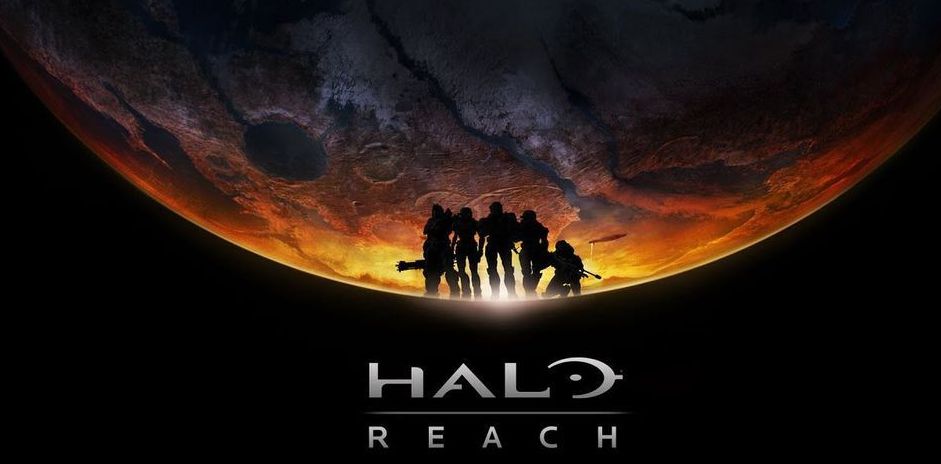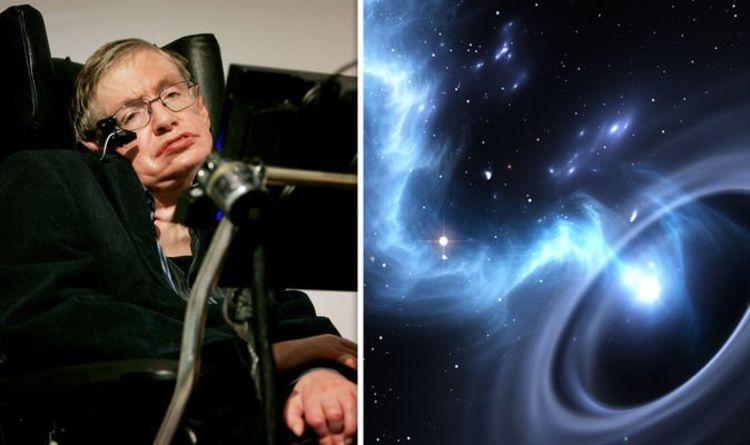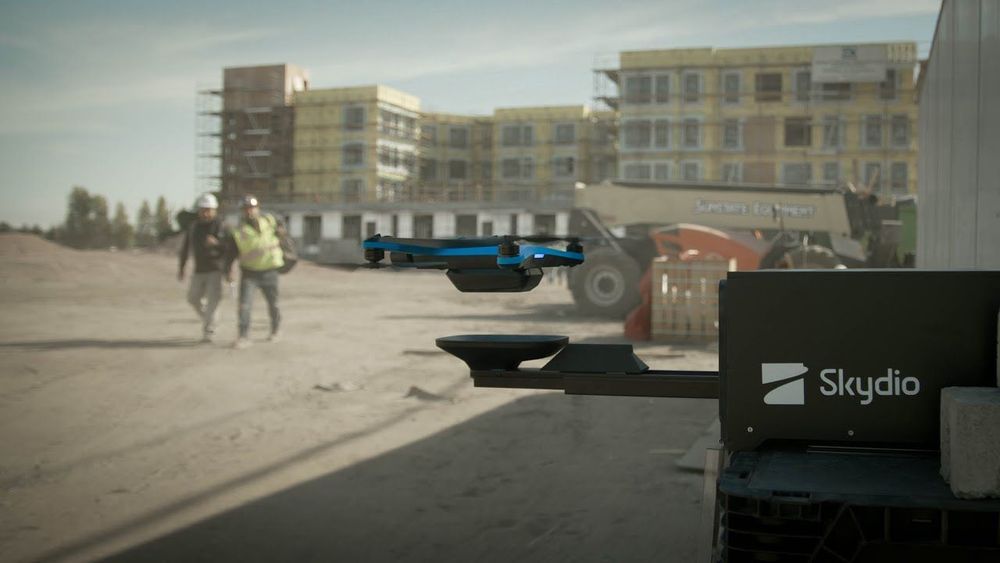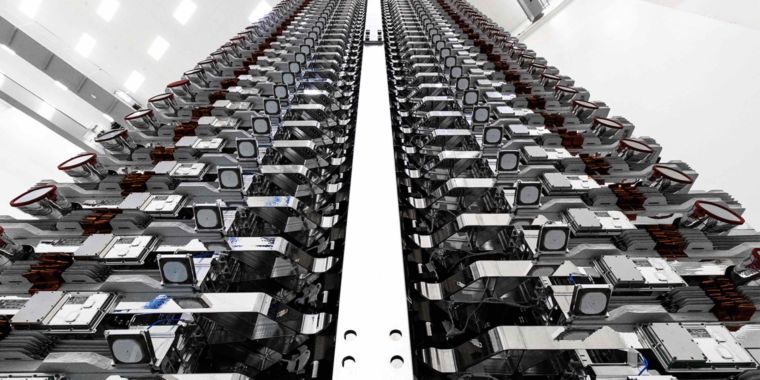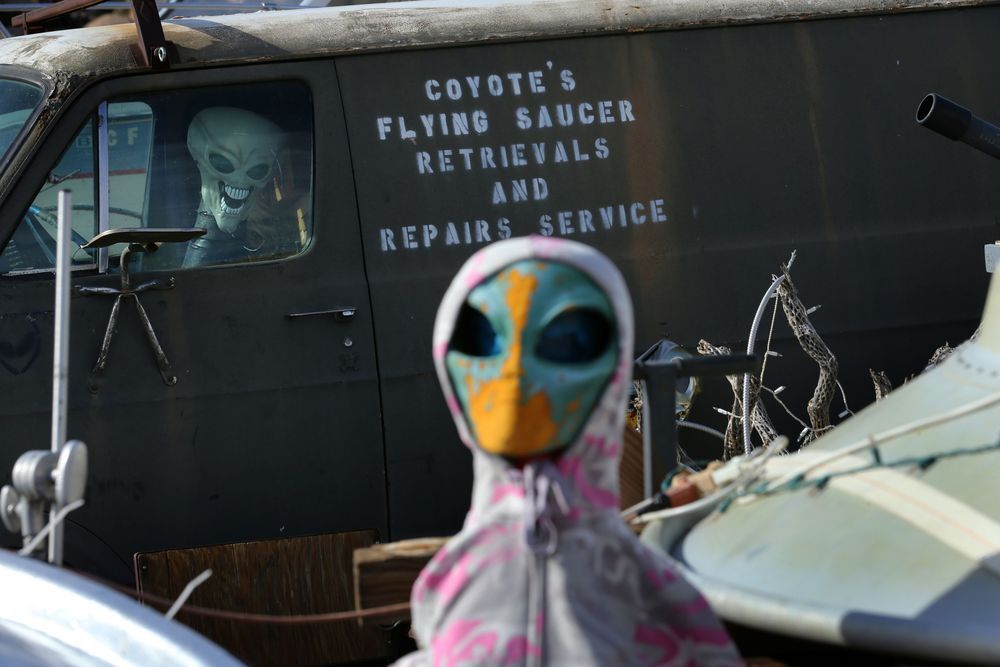After years in the wilderness, Halo: The Master Chief Collection will bring Halo Reach, Halo: Combat Evolved Anniversary, Halo 2: Anniversary, Halo 3: ODST (minus the Firefight mode), Halo 3 and Halo 4 to PC.
The only previous games in the FPS series to launch on PC were Halo and Halo 2, both well over a decade ago (if you don’t count the Halo Wars spin-offs). This is obviously a big moment, and it seems like Microsoft is making some good decisions in bringing them to PC: Namely launching them on Steam, rather than trapping them on the Microsoft Store (though you can buy it there too). There’s much more to go into below, too.
The PC version is being worked on by Halo stewards 343 Industries, Ruffian Games and Splash Damage. In total, the Master Chief Collection will entail over 120 multiplayer maps and 67 campaign missions—which should be enough to keep you occupied for a while. The idea is to “evolve and grow” the collection over time with community input, so it’s likely we’ll see more features added to each game after launch.
